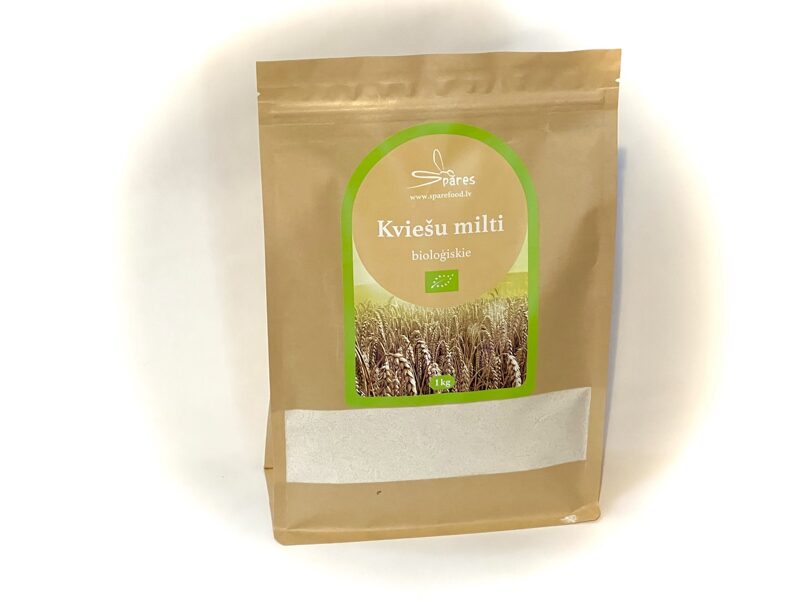Bio spelt flour
What Is Spelt Wheat and How Does It Differ from Regular Wheat?
Spelt wheat is an ancient grain variety that naturally grows in a protective husk. This husk shields the grain from rain, insects, and environmental damage, helping it retain its nutritional value and purity.
To process spelt into flour, it must first be hulled, making production more complex and the final product slightly more expensive.
Why Choose Spelt Flour?
- ✔️ Rich in carbohydrates and fiber
- ✔️ High in iron, magnesium, phosphorus, zinc, and vitamin B3 (niacin)
- ✔️ Lab-tested – our farm-grown spelt has a higher protein content than regular wheat
- ✔️ Different gluten structure – gentler and easier to digest, no heavy feeling
Using Spelt Flour in the Kitchen
Spelt flour is ideal for everyday use – pancakes, muffins, cookies, pizza, even bread.
- 🔸 Spelt dough is more delicate and sensitive
- 🔸 It usually requires more water than regular wheat flour
“Whenever possible, we use our own farm-grown spelt wheat – we hull and mill it ourselves to ensure maximum quality and value in every package.”



